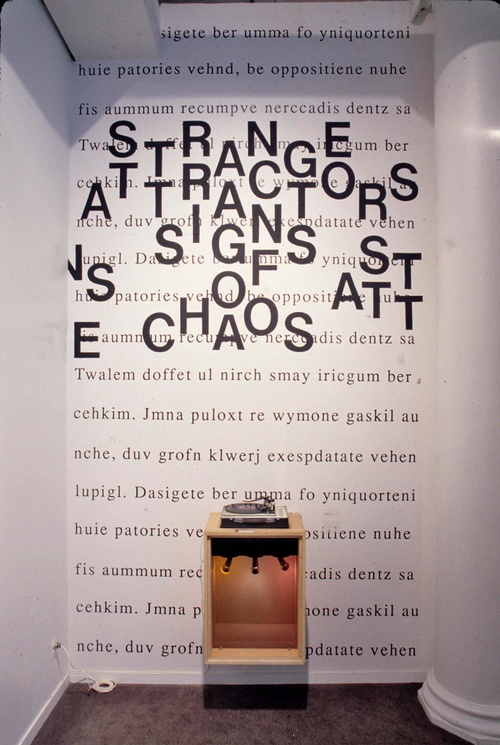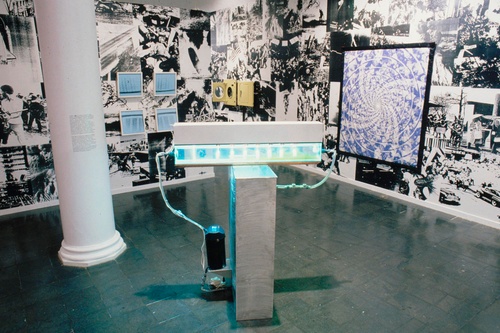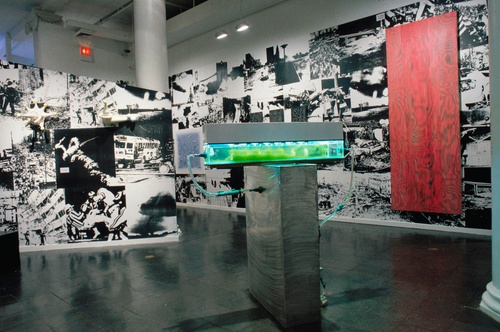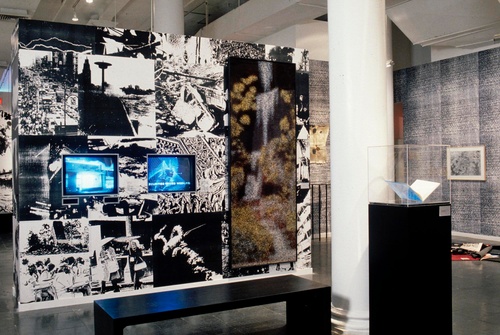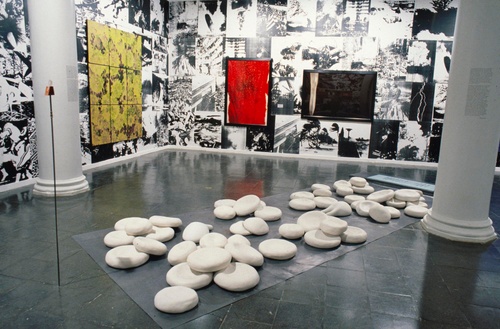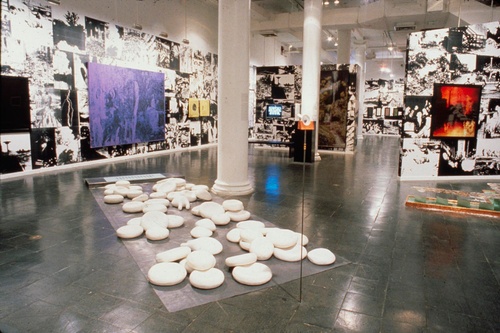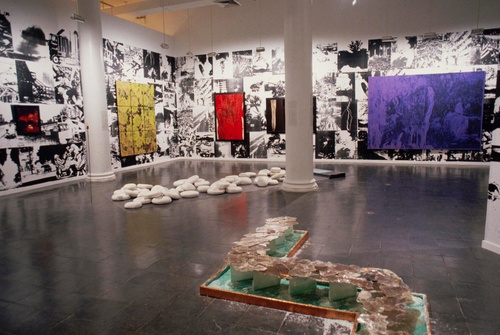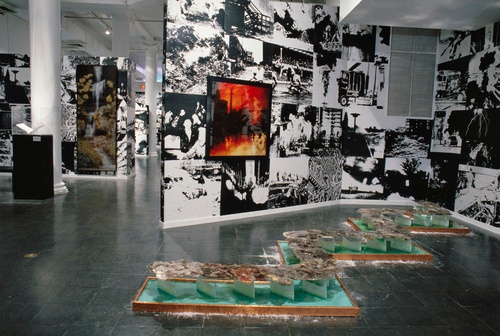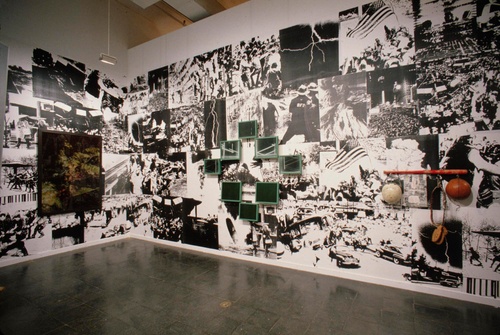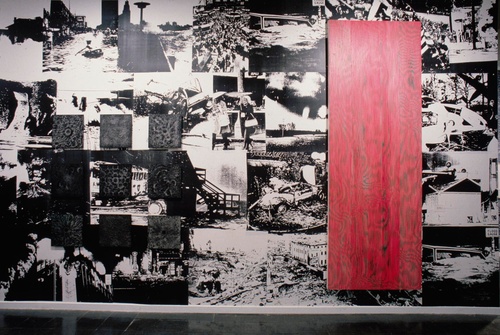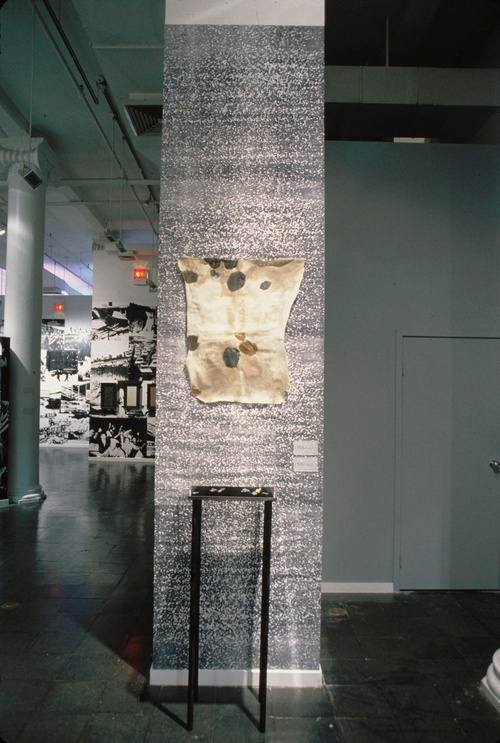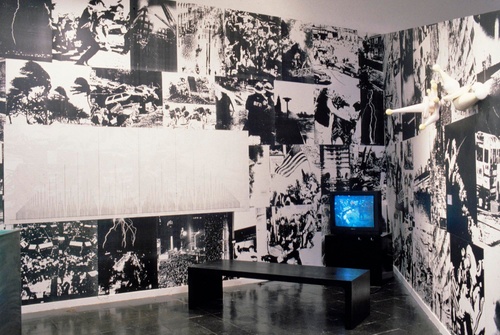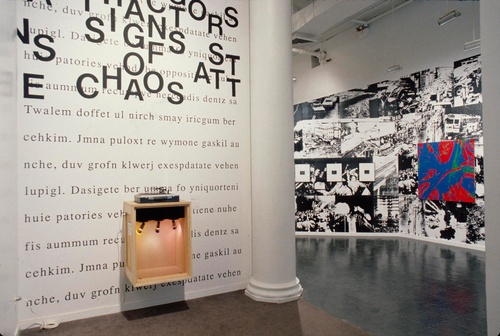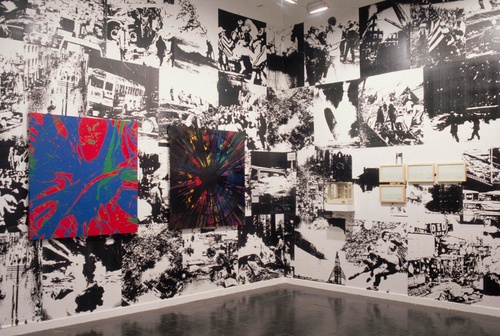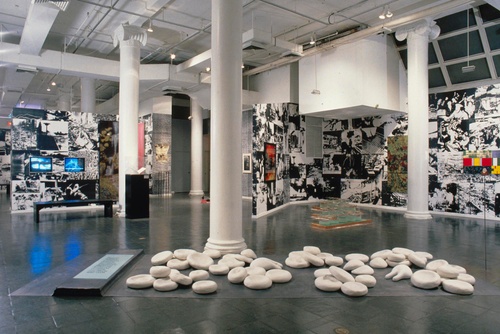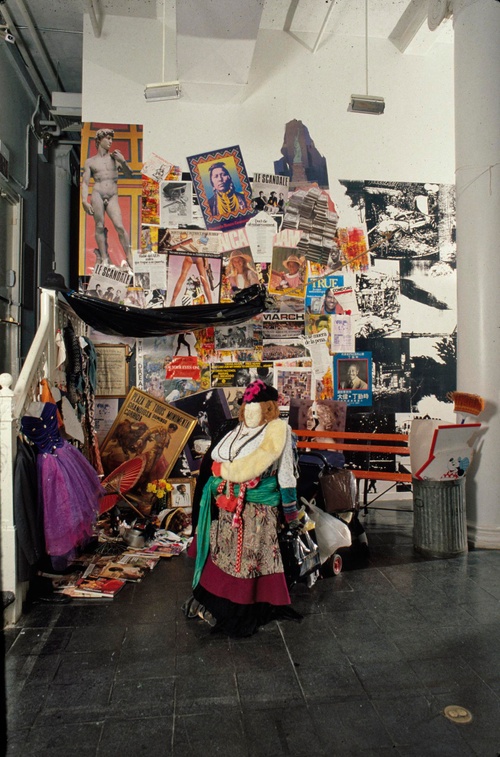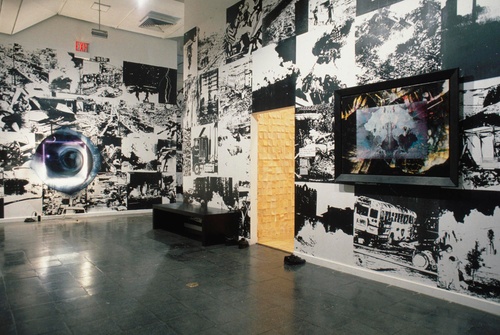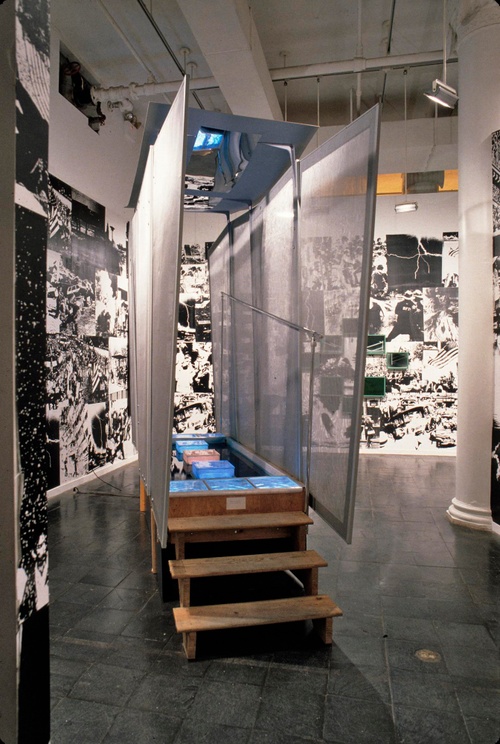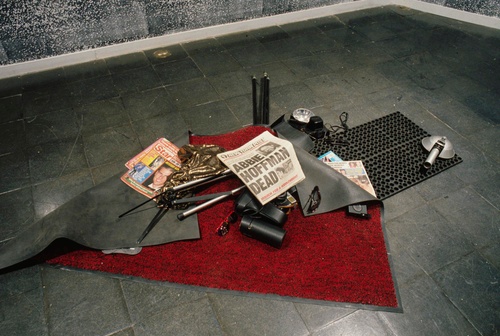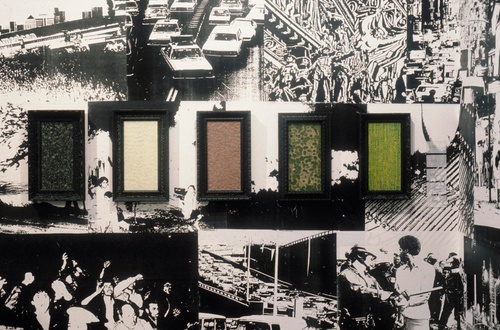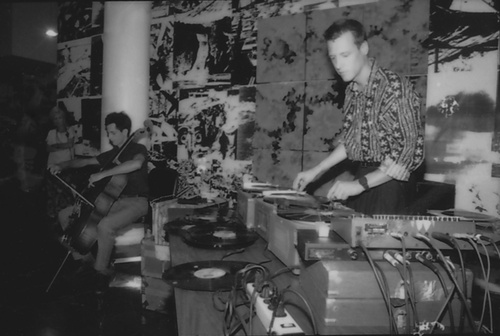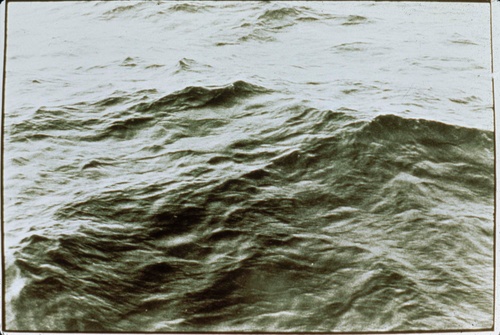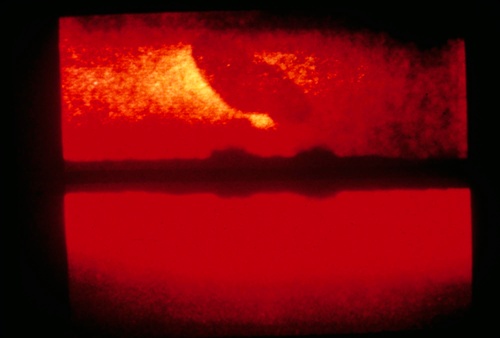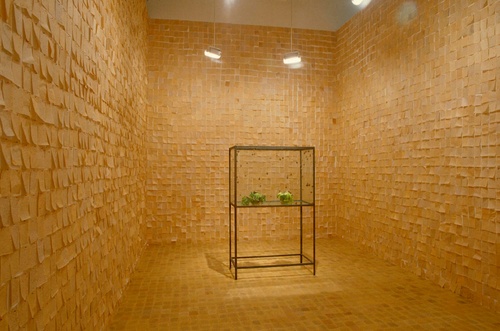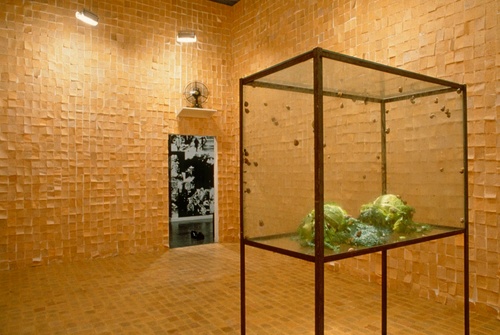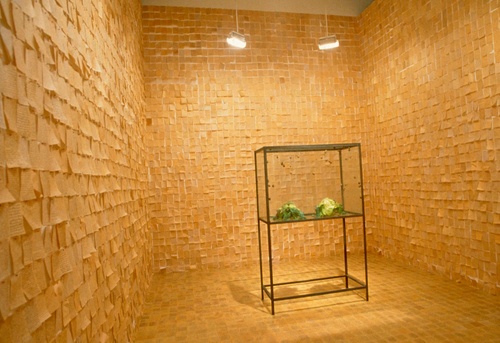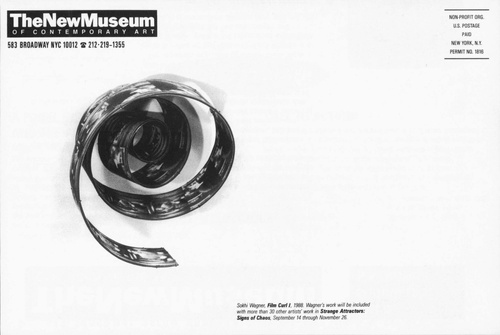Strange Attractors: Signs of Chaos
Strange Attractors: Signs of Chaos
The ideas embedded in the language and images of “chaos science” strike a familiar, strangely seductive chord. Like the shapes and figures of its “fractal” geometry, our daily experience is fragmented; fraught with arbitrary juxtapositions, patterns of perception and social practice are assaulted by an onrush of information… . Leisure time, work and art, our bodies and so also our selves, all are absorbed into the breathing and buzzing surreality of simulation culture, of global information networks and cybernetic machines.1
This ambitions and controversial exhibition featured the work of over thirty artists and set out to chart surprisingly similar developments in contemporary art and in the emerging science of chaos. The exhibition took its title from the term used to describe the hidden structure of apparently ‘chaotic’ systems, such as cloud formations, fluid dynamics, and brain waves.
“Strange Attractors: Signs of Chaos” also called attention to parallel developments in the arts and sciences, underscoring the shared intellectual, technological and visual climate in which these transformations have taken place. Over sixty works–from paintings, sculpture, and photographs to videos and site-specific installations—were included in the exhibition. Some of the works in the show related directly to the theory of chaos, adopting its methodology or visual elements, as in the use of fractal imagery by (art)n. Other work, such as Walter Robinson’s ‘spin’ paintings and James Welling’s photographs of crumpled aluminum foil, employed ideas and techniques analogous to chaos science. A third group reflected a fascination with the chaotic in the more literal sense of the work, with its implications of imbalance, loss of control, and social and natural upheaval. This group features David Hammons’ video sculpture which included an interview with Malcolm X, Cady Noland’s works reflecting American violence, and event the large-scale Xeroxed photographs of chaotic events that papered the galleries.
Of particular note in “Strange Attractors: Signs of Chaos” were two site-specific installations. Ann Hamilton and Kathryn Clark’s “palimpsest,” an installation in two parts, was a thoughtful meditation on the seemingly random way in which memories are processed and eventually lost. Inspired by the story of an elderly man who, to combat his failing memory, put note card reminders on the walls of his home, the artist pinned hundreds of small sheets of yellowed paper to the walls of a room within the exhibition. These unidentified fragments of memories, thoughts and bits of conversation fluttered in the breeze generated by an antique fan. A large glass vitrine, containing two heads of cabbage being systematically devoured by countless snails, made poignant reference to the physical deterioration of the brain’s capacity. The artists also transformed the Window on Broadway into an understated extension of their work in the gallery.
The other highlight of “Strange Attractors: Signs of Chaos” was Christian Marclay’s “Tape Fall,” presented in conjunction with New Music America’s Tenth Anniversary Festival. The installation consisted of a reel-to-reel tape deck suspended nine feet above the Museum’s floor that continuously played tapes of the sound of dripping water. The tapes were fed through the deck but allowed to unwind directly onto the gallery’s floor. As reams of tape accumulated, a large, free-forming mound, at once ordered and haphazard, grew within the space.2
